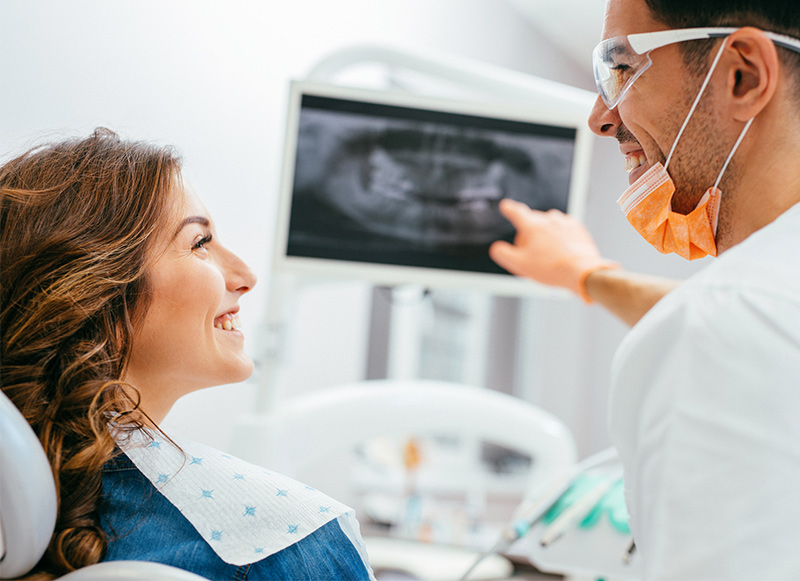
Minimally invasive dentistry is a kind of dentistry performed with the main aim of conserving as much of the healthy tooth structure as possible. It may also involve use of protection materials and methods such as daily anti-acidity mouthwash to keep the mouth neutral; reduced use of carbohydrates and sugars that nourish the bacteria; and maintenance of a good oral hygiene to prevent plaque buildup.
Decay detection in minimally invasive dentistry
Modern dentistry practices have made super-early diagnosis of oral problems possible and detection of decay possible. Here are some of the methods employed:
1. Magnification
Dentists are able to use dental microscopes to zoom in on specific parts of the mouth and teeth and detect teeny signs of tooth decay that may have not been seen by the naked eye. This is sometimes accompanied by bright homogenous light that is focused on the operating site to ensure only specific parts are targeted.
In the main, this translates to early detection and treatment of disease, quicker recovery period and lesser destruction of the healthy tooth structure.
2. Digital x-ray
In place of traditional film x-rays, dentists can now use digital radiography to take high resolution images of the mouth and store them in electronic form. Use of digital x-ray has made diagnosis of oral diseases easier as the images are instant and can be readily enhanced. What's more, the images are way clearer and can be used to detect even the slightest of signs of oral disease.
Digital x-ray has also been shown to expose patients to up to 90% less radiation. They is basically less radiation than there is in solar rays.
3. Intraoral cameras
Intraoral cameras are tiny digital cameras that are used to take pictures of the inside of the mouth. These pictures are then enlarged and displayed on a bigger screen where your mouth will be examined and any problems located.
The use of this technology has greatly contributed to minimally invasive dentistry as exact problem locations in your mouth can be spotted and addressed. Additionally, the patient also gets the chance to have a look at a magnified footage of their mouth in real time.
4. Caries Detection Technology
Dentists may also use devices and techniques such as optical scanning, infrared photos and laser fluorescence to examine the depth of decay in your teeth. This information can be used to establish the best remineralization or restoration plan for your teeth.
Minimally invasive techniques
- Air abrasion – Air abrasion targets only the decay and removes only a small amount of enamel and dentin.
- Hard tissue laser – Lasers facilitate the removal of decayed areas without destroying the surface onto which restorative material is to be placed.
- Microabrasion – The conventional method of cutting into enamel to remove stained spots and replace that with composite resin has been replaced by microabrasion, which covers the discoloration without enamel-ectomy.
Read k w.'s review of Ross C Shelden, DDS on Yelp
Read Felicia B.'s review of Ross C Shelden, DDS on Yelp
If you have a dental problem that you want fixed without destroying most of your healthy tooth structure, minimally invasive dentistry is the solution you're looking for. Call Ross Shelden, DDS today at to schedule an appointment with an experienced dentist in Encino.
